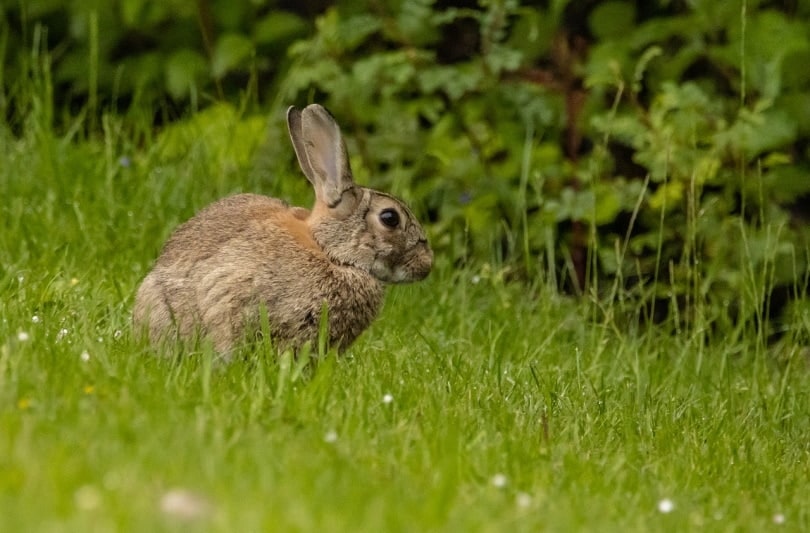Despite some misconceptions, rabbits and hares are separate species. Hares are usually much more extensive and have different behaviors, while rabbits are commonly kept as pets. Hares have more prominent ears and are less social than rabbits.
However, this doesn’t mean that hares can’t be kept as pets in some circumstances. Furthermore, there are countless species of wild hares as well.
In this article, we’ll look at some specific hare species. Some of these are kept as pets, but many are wild and undomesticated.

The 32 Types of Hare Species
1. Antelope Jackrabbit
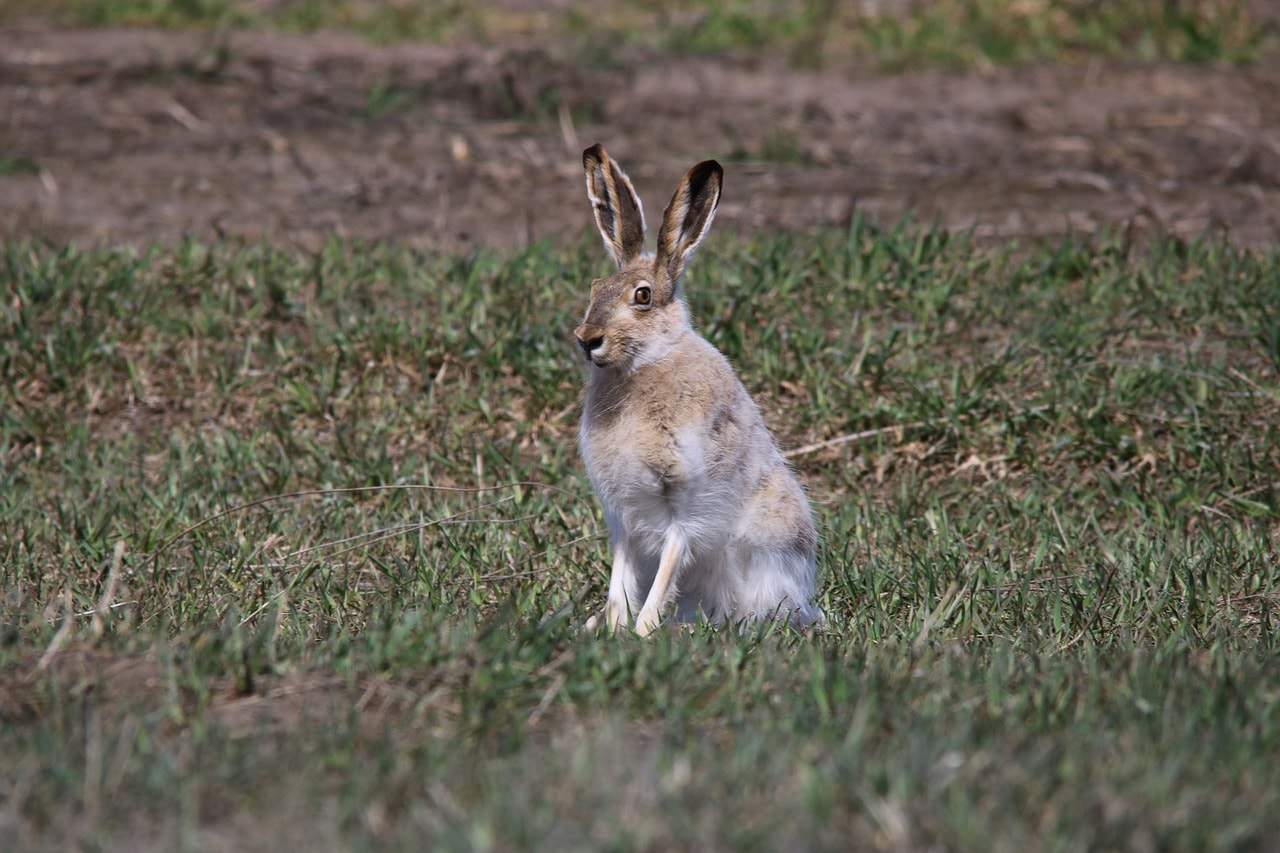
This is a wild type of hare that is found in Southern Arizona and Northwestern Mexico. It occupies very dry, desert areas for the most part. They are huge with enormous ears. Usually, it feeds on cacti, mesquite leaves, and any other vegetation it can find.
2. Snowshoe Hare
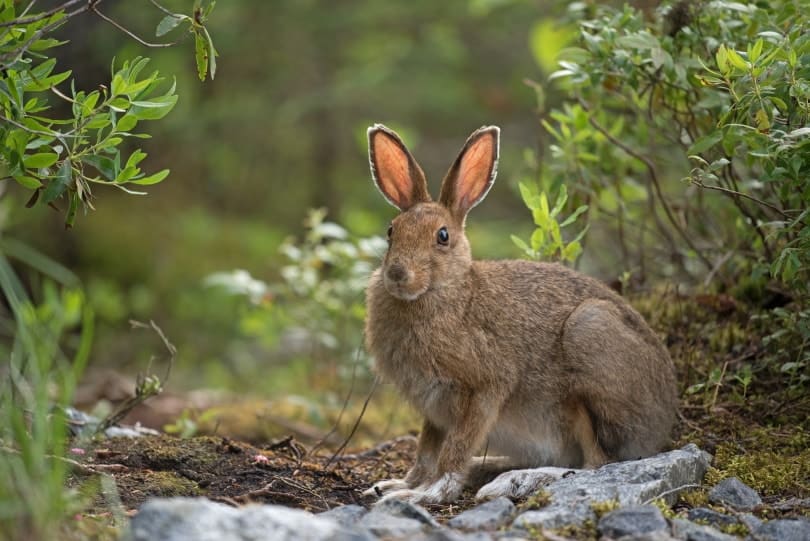
The Snowshoe Hare got its name because of its extensive back feed. They are found throughout North America and rely heavily on camouflage. Their fur changes colors from the summer to winter for this reason. They eat any vegetation they can find.
3. Arctic Hare

As their name suggests, the artic hare lives in the arctic tundra. They have shortened ears and legs when compared to other species, which helps prevent frostbite. They also have a very thick coat of fur and dig holes to stay warm while they sleep.
4. Alaskan Hare
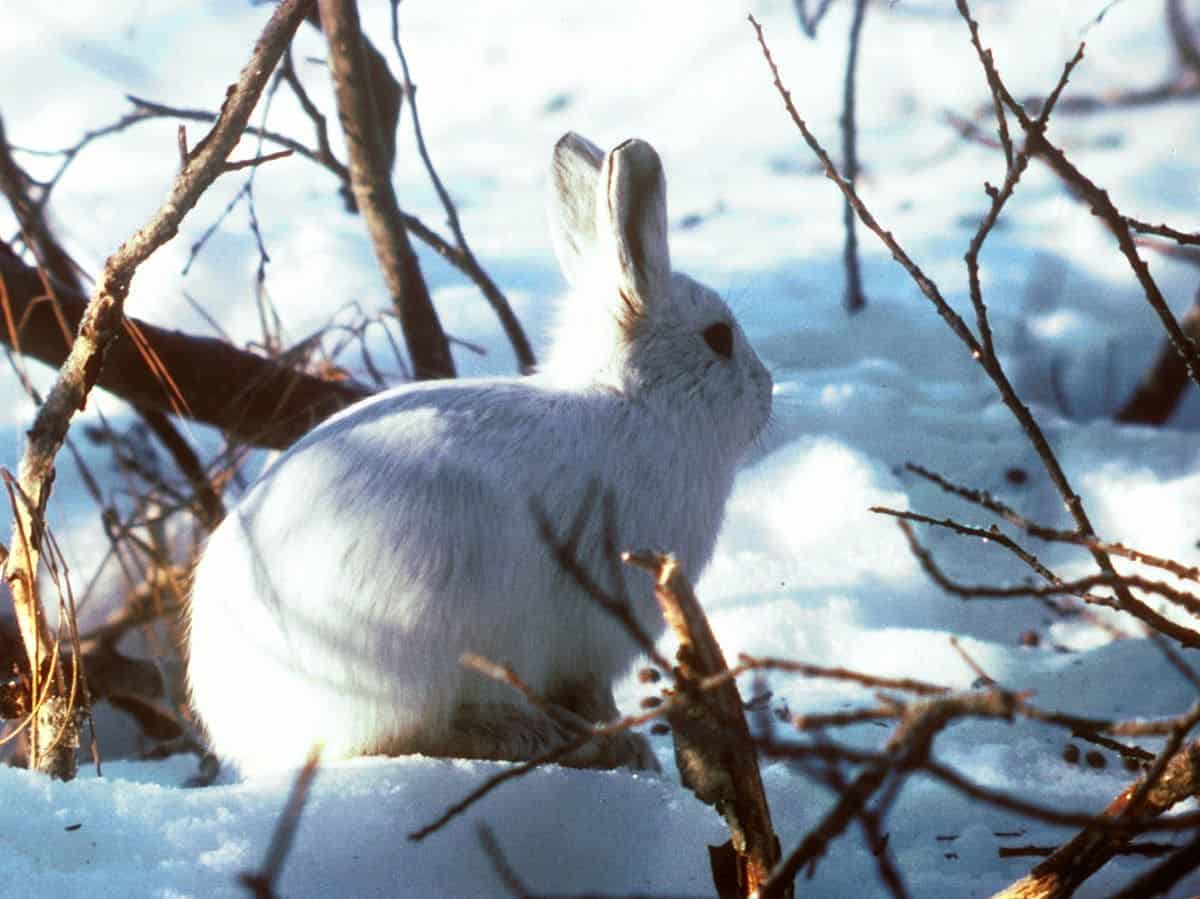
Also known as the tundra hare, this species does not dig burrows and is found in western Alaska’s open tundra. They are solitary animals except during mating season. Their predators include mostly birds of prey and polar bears.
5. Mountain Hare
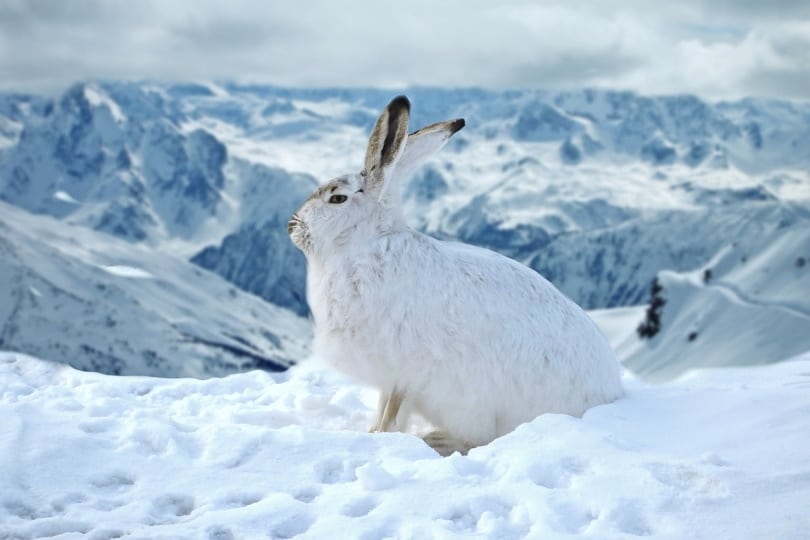
This hare lives in the mountains of Russia and northern Europe. They are a large species, weighing upwards of 11 pounds. They change their coat with the seasons, though some locations are so warm that the rabbit rarely develops its white coat.
6. Black-Tailed Jackrabbit
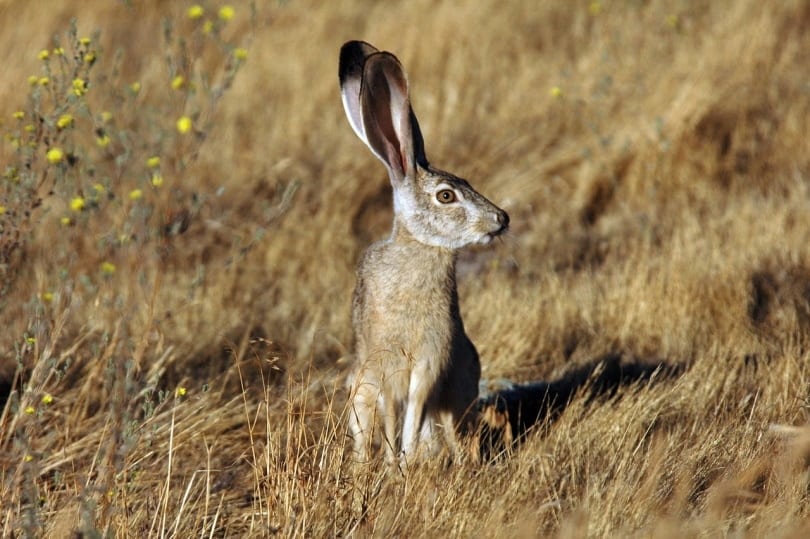
Also known as the American Desert Hare, this breed is common in the western United States and Medico. It is one of the largest North American Hares, weighing up to six pounds. Their ears are enormous and rounded, which prevents them from overheating.
7. White-Sided Jackrabbit

This sort of jackrabbit is found in a limited range in North America and down into Mexico. It is considered to be threatened in New Mexico specifically, where it has declined in numbers over the last few years, mainly due to habitat destruction.
8. Cape Hare

This hair is native to Africa and Arabia, as well as India. They inhabit everything from grassland to the Sahara Desert. They are considered to be nocturnal, feeding on whatever vegetation they can find. Like all hare, their babies are born with their eyes open and are able to move shortly after birth.
9. Tehuantepec Jackrabbit

Unlike most hare species, this rabbit is considered to be endangered. It is only found in a particular area in Mexico, where it lives on the grassy dunes on the shores of a saltwater lagoon. It has two black stripes that run from their eats to the nape.
10. Black Jackrabbit
Similarly to the previous rabbit, this jackrabbit is also only found in a tiny area. They are listed as a vulnerable species, mostly due to their minimal range. They are only found on a specific island in the Gulf of California.
11. Scrub Hare

This is a subspecies of hares that is found throughout South Africa. While this species has not been listed as endangered yet, the species has been on decline substantially over the last few years, mostly due to habitat destruction.
12. Desert Hares
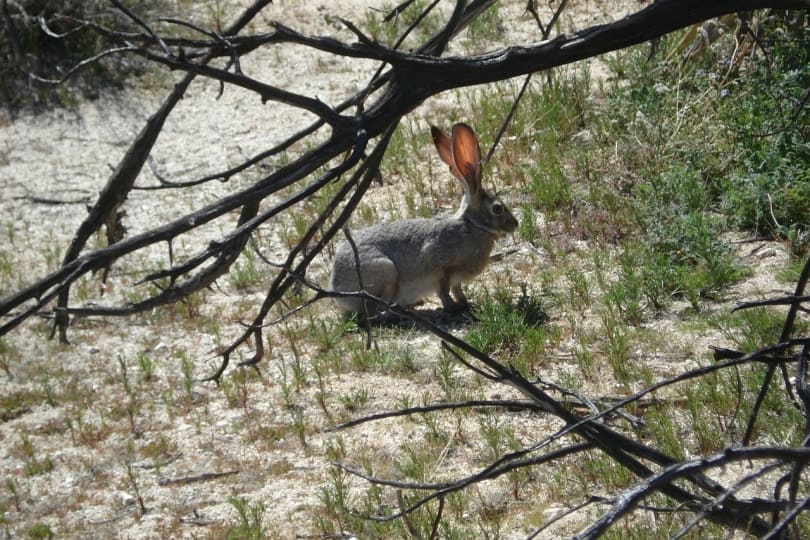
The Desert Hare is found in Northwest China and various countries adjacent to it. As their name suggests, they live in desert areas and areas of semi-desert. Despite not being endangered, little is actually known about this species.
13. Tolai Hare

This hare is native to Central Asia, Mongolia, and China. They inhabit everything from desert environments to forest meadows. This rabbit is relatively common, living in areas with heavy human disturbance. They also have a fast reproduction rate.
14. Broom Hare
The broom hare is only native to a minimal area of northern Spain, known as the Cantabrian Mountains. They live high in the mountains during the summer months but descend in the winter months to avoid the cold temperatures.
15. Yunnan Hare
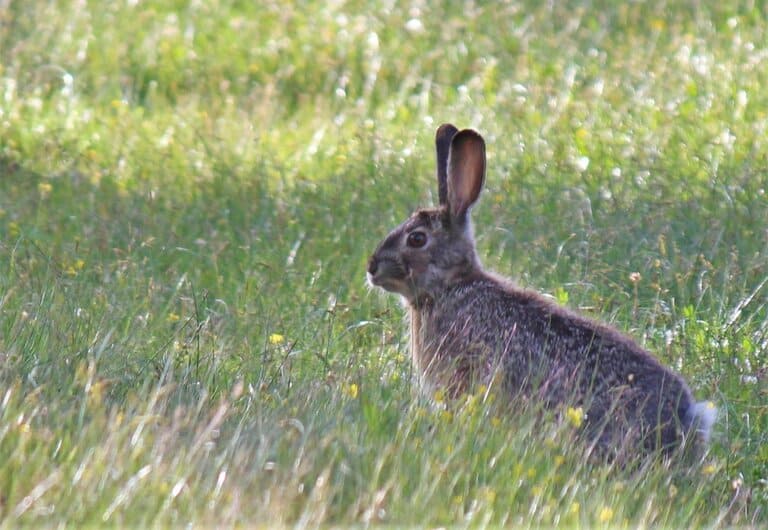
This hare is mostly only in the Yunnan area of China. However, their presence has been recorded in other areas as well. It eats all sorts of shrubs and vegetation. It is labelled at least concerned by the International Union for Conservation.
16. Korean Hare
As the name suggests, this hare is native to the Korean Peninsula and some parts of China. It ranges across diverse habitats, from farmland to mountain forests. Their fur color does vary quite a bit as well and may be dependent on their area.
17. Corsican Hare
Also known as the Italian Hare, this species is found in southern and central Italy and Corsica. They live in shrubland, grassland, and cultivated areas. They are a very adaptable species that has been noted to live even on Mount Etna.
18. European Hare
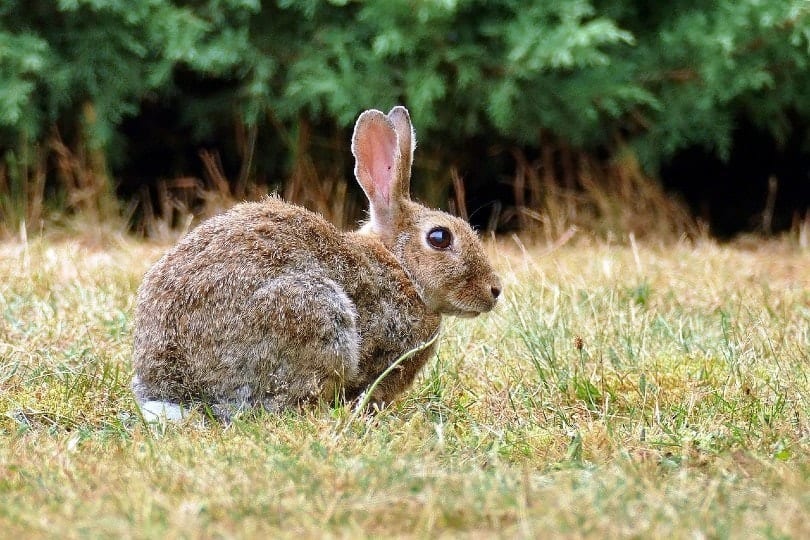
This is one of the most common species in Europe. It even stretches into parts of Asia. They are also one of the largest species and live in mostly temperate, open areas. They feed on grasses, herbs, twigs, buds, and bark.
19. Granada Hare
This is a variety of hare that is found on the Iberian Peninsula. There are three varieties of this hare, with each variety being a slightly different size and having slightly different colorations. The Majorcan variant is likely extinct, though the species overall is considered least concerned.
20. Manchurian Hare
This species of hare is found in northeastern China and in Russia. They are present in a variety of nature reserves, despite their somewhat small range. They are considered least concerned, despite the many threats to the population.
21. Woolly Hare
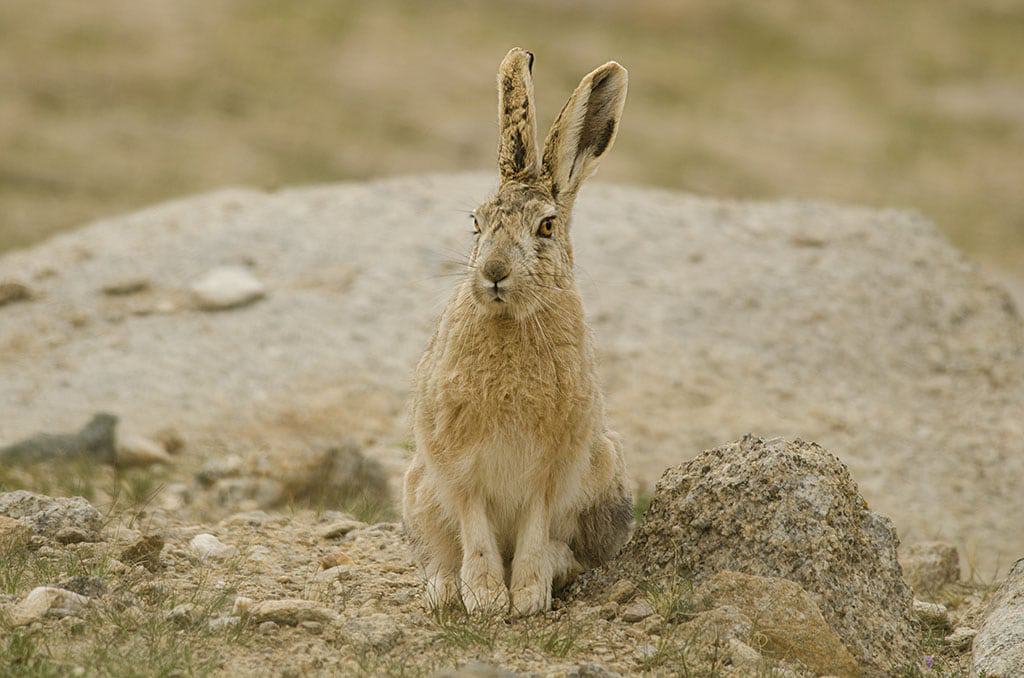
This hare is also found in China, as well as India and Nepal. They typically live in mountainous and plains areas, with a relatively large range. They are shy and mostly solitary animals. Like most, they are also typically nocturnal.
22. Ethiopian Highland Hare
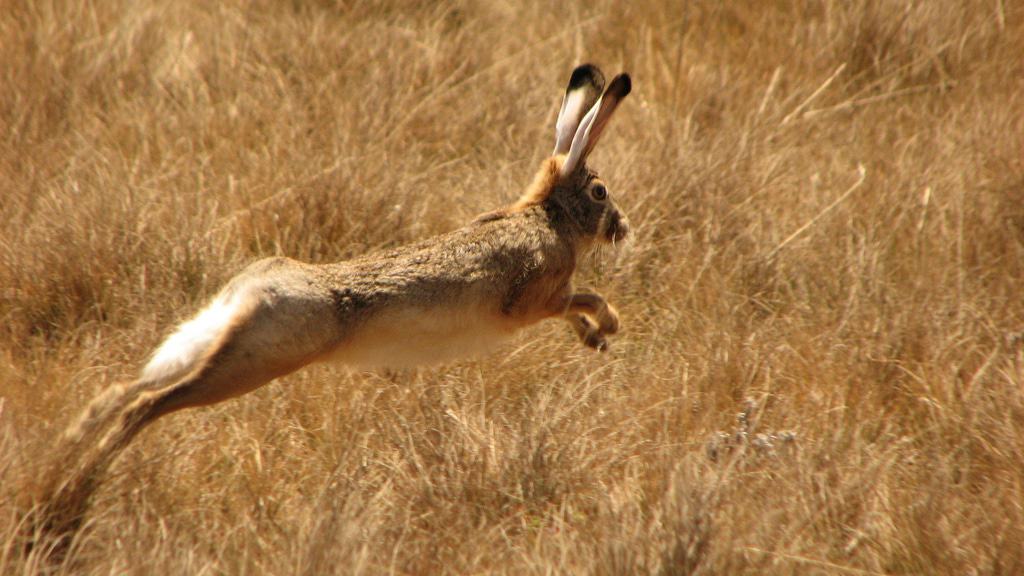
This medium-sized species lives in the Ethiopian Highlands, as well as some other regions in Africa. They mostly feed on moorland grasses and are rated as least concerned, despite having an extremely small range.
23. White-Tailed Jackrabbit

The White-Tailed Jackrabbit is mostly solitary, except when several males may court a female during the breeding season. They are found throughout a large region of North America, including the northern United States and into some of Canada.
24. Ethiopian Hare

Not to be confused with the Ethiopian Highland Hare, this species lives in a very small section of Ethiopia – not on the highlands. Despite its minimal range, it is considered to be least concerned.
25. African Savanna Hare
This hare’s range is located throughout Africa. They have a rather large range and are considered least concerned. They are medium-sized and can weigh up to 6.6 pounds. They are greyish-brown and have reddish-brown markings.
26. Hainan Hare
This species of hare is located only on the Hainan Island in China. For a hare, they are rather small and weigh only up to 3.3 pounds. They have a very bright, colorful coat when compared to other hares as well. They may be one of the unique hares on this list.
27. Indian Hare
The Indian hare is a common species on the Indian subcontinent. This is a widespread hare that has seven different subspecies. They are considered least concerned.
28. Burmese Hare

The Burmese Hare has three subspecies, which are all a little different. They weigh up to 5.5 pounds and have very long ears. Though they are threatened by habitat loss, they are not considered endangered, as they have a fairly large range.
29. Chinese Hare
This species is found in China, Taiwan, and Vietnam. They are very similar to the Korean hare and were initially considered the same species. However, genetic testing has proven that they are their own species altogether.
30. Yarkand Hare
This hare has a soft, straight coat with grayish-black stripes. They are only found in a particular spot in China called the Tarim Basin. They eat mostly grasses and crops. They are considered endangered due to the population’s fragmentation.
31. Japanese Hare

As you might expect, this hare is located in Japan. There are four subspecies of this hare, though they are all technically the same species. This hair’s coat does change color with the season in some areas. They are mostly found in mountains or hilly areas, though they can also inhabit forests and brushy areas.
32. Abyssinian Hare
This species is almost entirely restricted to the Horn of Africa, though it does extend its range into some other areas. Like most hares, they have long limbs and ears. Their upper body is silvery grey, with some black patches throughout.
Featured Image Credit: WZ-digital-photography, Pixabay
